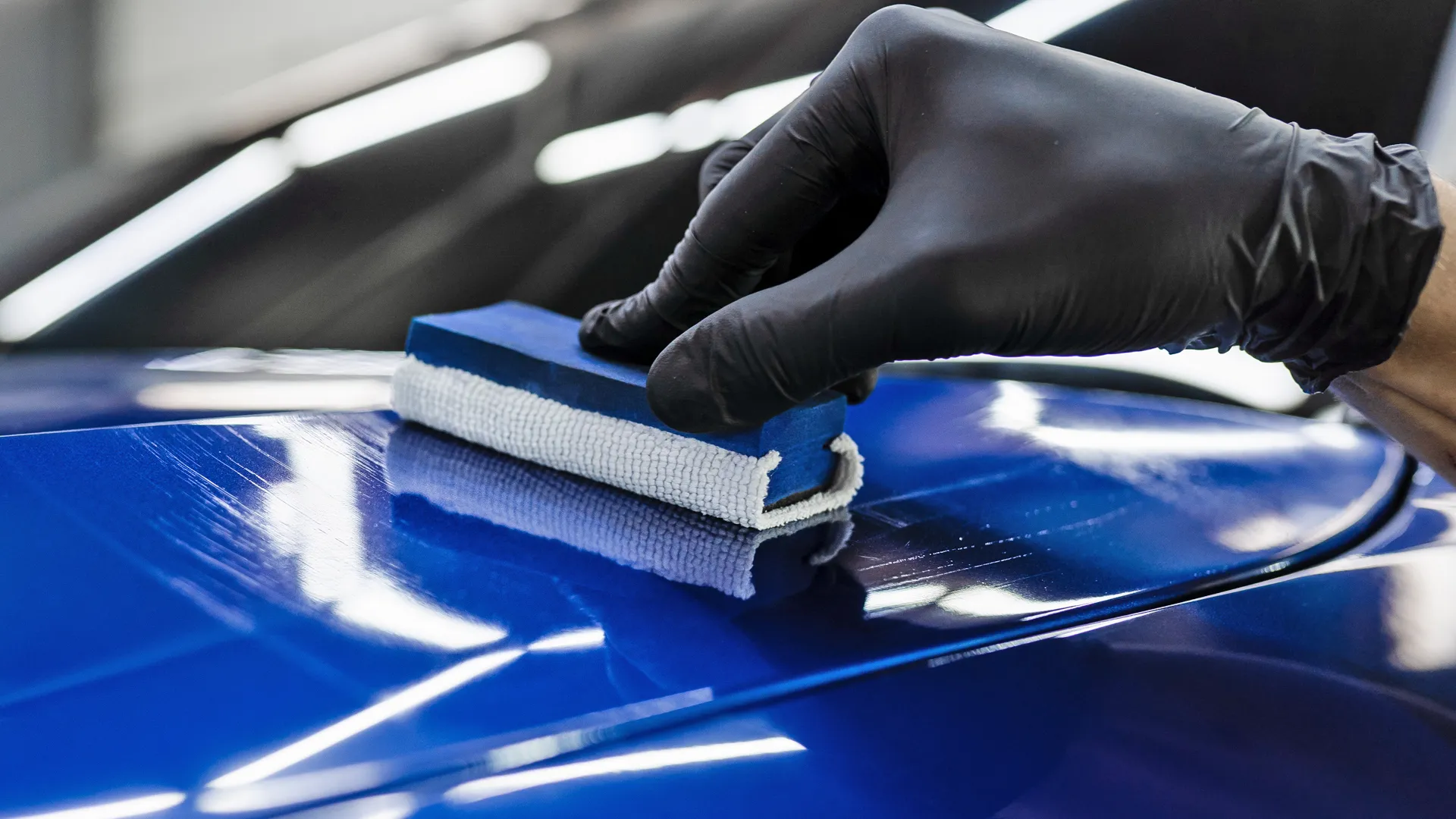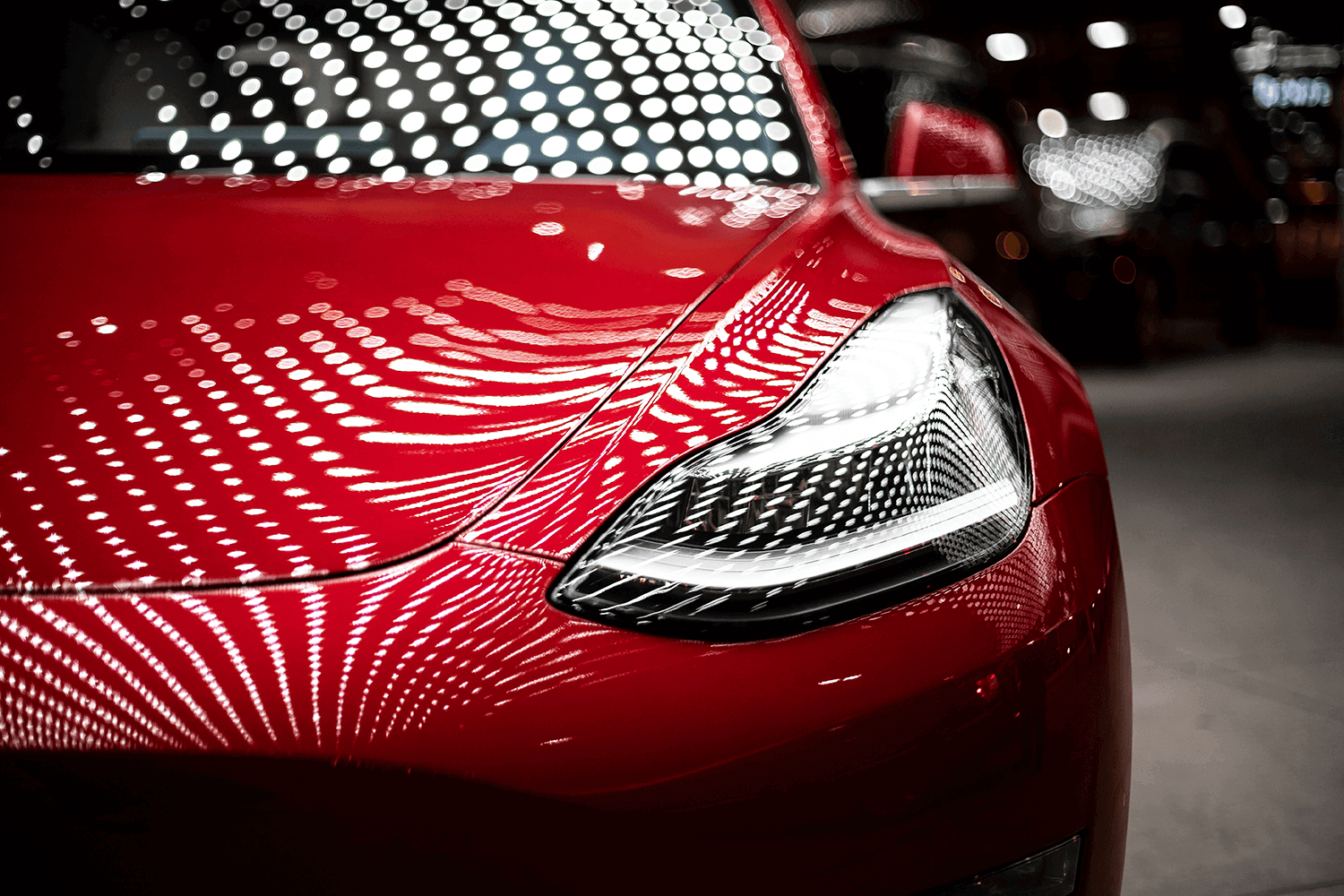Ceramic Coating: The Advanced Solution for Protecting Your Car’s Paint from Harsh Elements
Ceramic Finish vs. Conventional Wax: Which Uses Better Defense?
The dispute in between ceramic covering and conventional wax for automobile protection is one that values mindful exam, specifically in regards to durability, resistance to environmental variables, and general maintenance needs. While ceramic coverings promise expanded long life and superior defense against a variety of risks, standard wax might appeal to those seeking a more affordable, albeit temporary, remedy. As we discover the nuances of each option, the effects of your choice could have lasting impacts on your lorry's appearance and maintenance regimen. What elements should influence your choice?
Introduction of Ceramic Layer
Ceramic covering has actually gotten significant appeal amongst vehicle lovers and specialists alike for its advanced safety qualities. This cutting-edge solution is composed of a fluid polymer that chemically bonds to the automobile's manufacturing facility paint, creating a resilient layer of security. Unlike standard wax, which commonly lasts for a few weeks to months, ceramic coatings can offer lasting security for a number of years, relying on the item used and application approach.

While the first cost of ceramic covering might be greater than that of conventional wax, the long-term advantages, including sturdiness and lowered upkeep regularity, often validate the investment. As automobile innovation continues to advance, ceramic finishes have actually emerged as a favored option for those seeking optimum security and durability for their lorries.
Summary of Standard Wax
The appeal of traditional wax hinges on its simplicity and convenience of use, making it a popular choice among cars and truck proprietors looking for to enhance their automobile's look and give a basic level of defense. Generally stemmed from natural carnauba or synthetic polymers, conventional wax develops a slim safety layer over the paintwork. The application process is uncomplicated, frequently entailing a straightforward buffing with a microfiber fabric, making it accessible to both newbie and seasoned customers.
Traditional wax products are available in different solutions, each designed to cater to certain demands, such as boosting shine or supplying water beading. The convenience of wax enables use on various surfaces, consisting of paint, glass, and also plastic trim. While the application can be done by hand or equipment, the trick is to ensure a tidy surface area for optimal attachment.
Nonetheless, one notable feature of standard wax is its relatively short life expectancy compared to modern-day choices. Commonly supplying defense that lasts from a few weeks to a couple of months, frequent reapplication is essential to preserve its efficiency. Despite these constraints, typical wax continues to be a prominent selection for car lovers that value the aesthetic improvement it supplies.
Secret Protection Features
When considering paint protection for vehicles, it's vital to comprehend the crucial functions that differentiate traditional wax from advanced alternatives like ceramic finishes. Among the main protective attributes of ceramic coatings is their durability. Unlike wax, which commonly lasts a few weeks, ceramic finishings can sustain for numerous years, providing long-term security versus ecological impurities.
Ceramic finishings produce a hydrophobic surface area, driving away water and protecting against dirt, crud, and various other debris from sticking to the paint. This attribute not only enhances the vehicle's appearance yet likewise reduces the frequency of cleaning. Furthermore, ceramic layers use check these guys out remarkable UV security, securing the paint from damaging sun direct exposure that can lead to fading and oxidation.
In comparison, traditional wax gives an extra temporary barrier against aspects however does not have the resistance to scrapes and chemical discolorations that ceramic coatings offer. While wax can enhance gloss, its safety capacities are restricted, particularly against harsher ecological variables such as bird droppings, tree sap, and roadway salt. In summary, the vital defense functions of ceramic layers significantly outperform those of conventional wax, making them a remarkable option for long-lasting lorry care.
Application Process Comparison

In contrast, the application of ceramic coatings is much more intricate and time-sensitive, frequently calling for expert aid for optimal outcomes. The vehicle's surface must be diligently cleaned, sanitized, and polished to remove blemishes before the layer is you can try here applied. As soon as prepared, the finishing is applied in several layers, with each layer requiring details curing times, commonly enhanced by warm lights. This precise process can extend a number of hours to several days, depending upon the variety of layers and preferred coating.
Eventually, the option in between wax and ceramic covering hinges not only on defense degrees yet likewise on the time, know-how, and sources readily available for their respective applications. - ceramic coating
Cost Analysis and Longevity
Cost plays a considerable function in the decision-making procedure in between traditional waxes and ceramic layers. Ceramic finishes normally regulate a higher upfront investment, varying from $500 to $2,000 relying on the quality, brand name, and expert application services. This first cost can be attributed to the advanced modern technology and products used in ceramic formulas, which provide remarkable sturdiness and protection.
In contrast, typical waxes are far more economical, normally costing between $20 to $100 for do it yourself applications. Nonetheless, the long life of wax products is limited, often requiring reapplication every couple of months to maintain their safety high qualities. This repeating cost can build up gradually, making wax much less affordable in the future.
Ceramic coatings, while extra expensive at first, deliver lasting outcomes, usually exceeding 2 to five years with appropriate upkeep. This long life can give considerable financial savings with time, especially for automobile proprietors who focus on defense and visual conservation - ceramic coating. Inevitably, the choice in between ceramic coverings and standard waxes must take into consideration both initial costs and long-lasting worth, factoring in the upkeep requirements and desired protection degree for the lorry
Conclusion
In recap, ceramic finishes provide exceptional protection for vehicle paint compared to conventional wax, offering enhanced resilience, resistance to ecological variables, and hydrophobic homes. While the initial investment for ceramic finishes is higher, their durability and lowered upkeep requirements warrant the expense. Eventually, for those looking for long-term automobile care and security, ceramic coatings represent a more effective solution than conventional wax, which offers only short-term advantages.
The discussion between ceramic covering and conventional official source wax for automobile protection is one that advantages cautious examination, particularly in terms of sturdiness, resistance to ecological variables, and total maintenance requirements.When considering paint security for vehicles, it's essential to understand the crucial functions that identify traditional wax from even more innovative choices like ceramic finishings. In summary, the crucial security features of ceramic coatings substantially outperform those of conventional wax, making them a premium selection for resilient vehicle treatment.
Eventually, the selection between ceramic coverings and standard waxes ought to take into consideration both preliminary costs and long-term worth, factoring in the maintenance requirements and wanted security degree for the vehicle.
In recap, ceramic layers give remarkable defense for car paint compared to conventional wax, offering boosted toughness, resistance to ecological aspects, and hydrophobic residential properties.